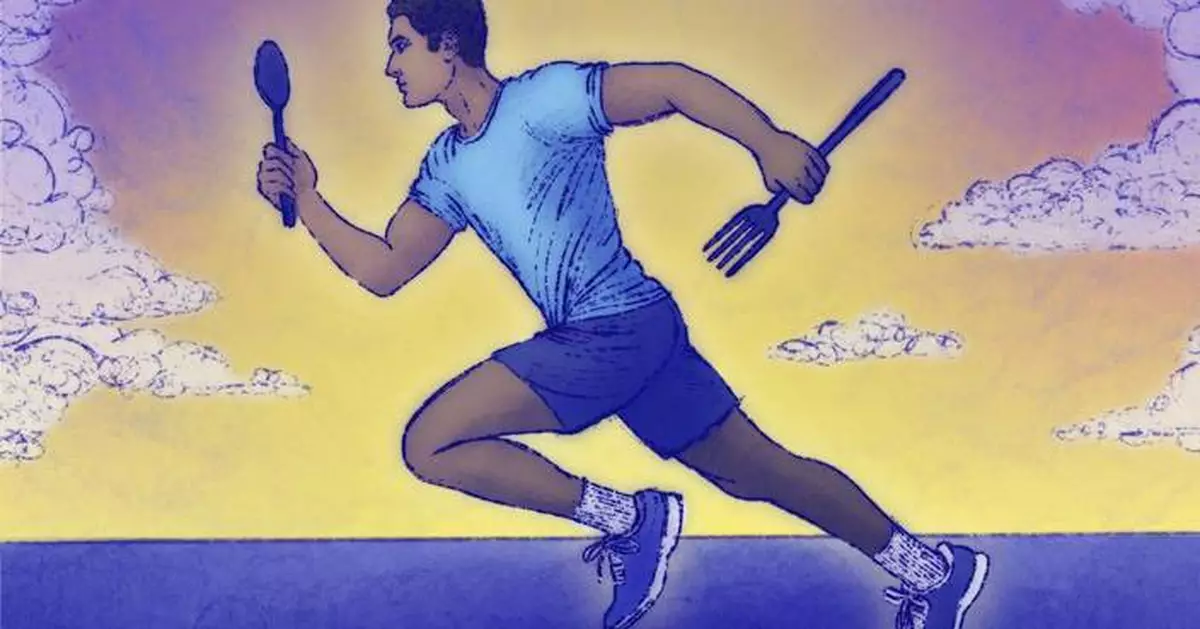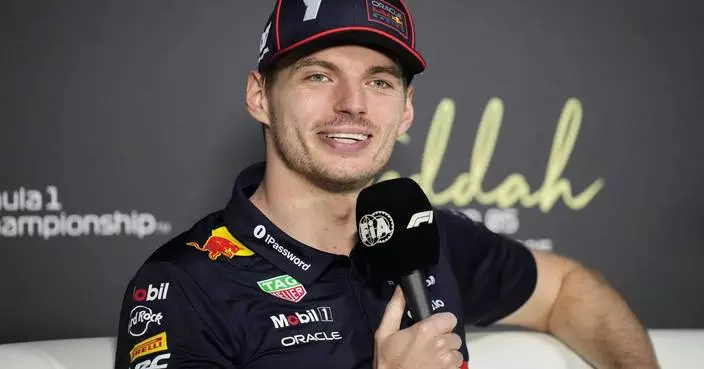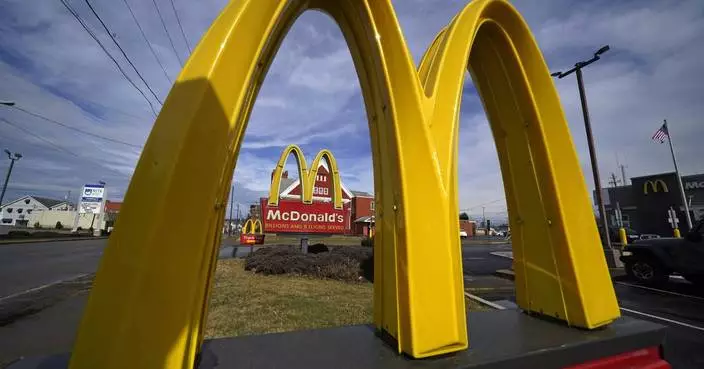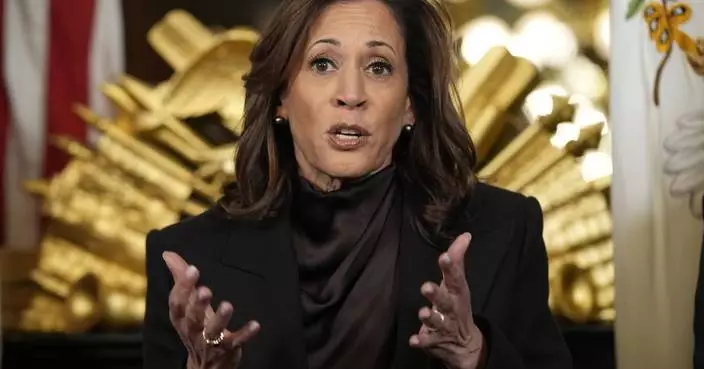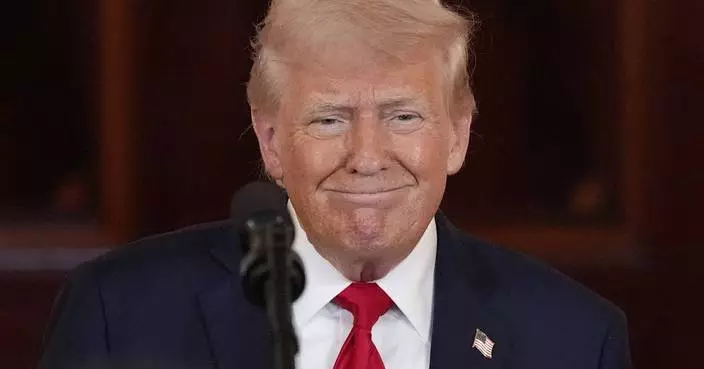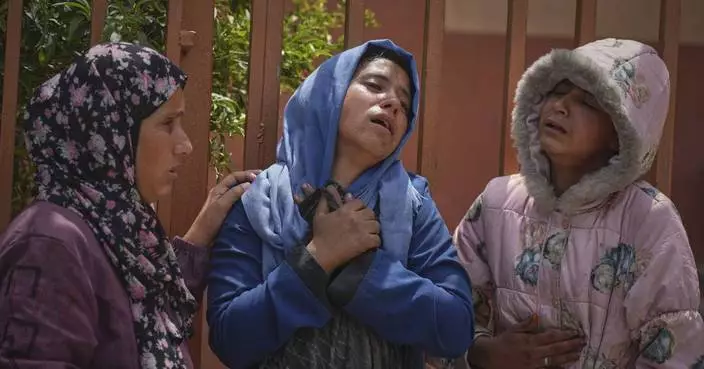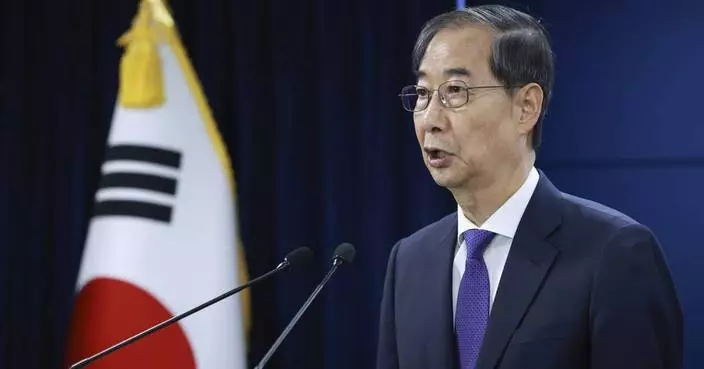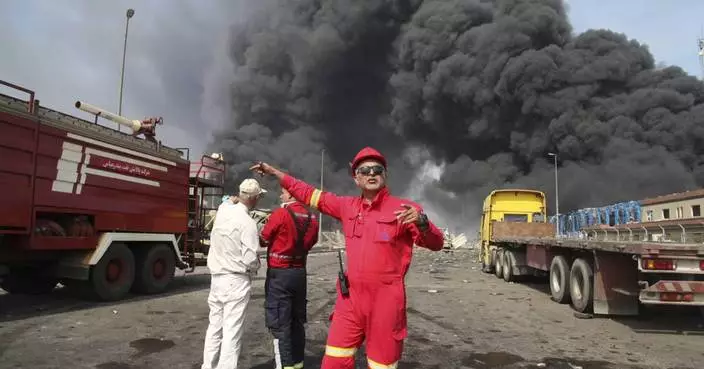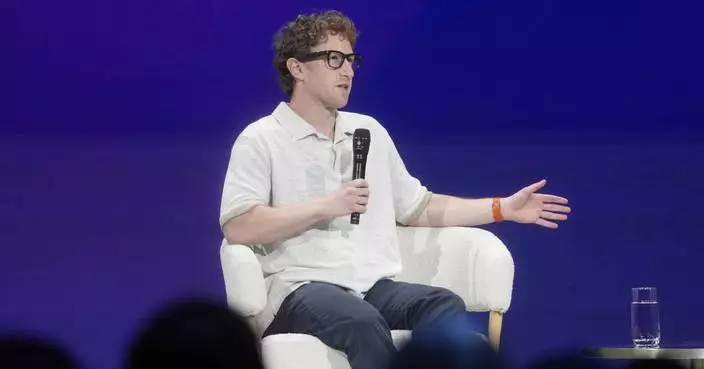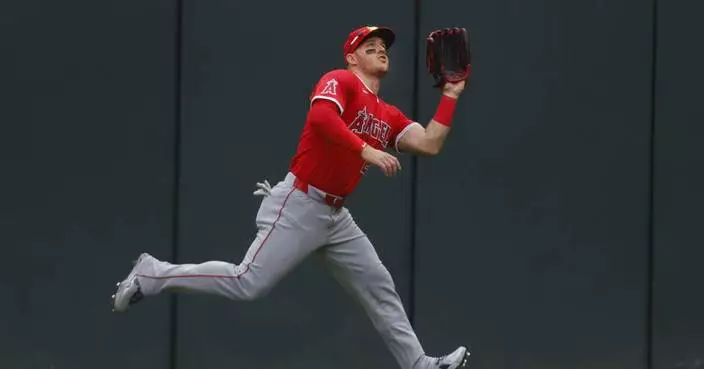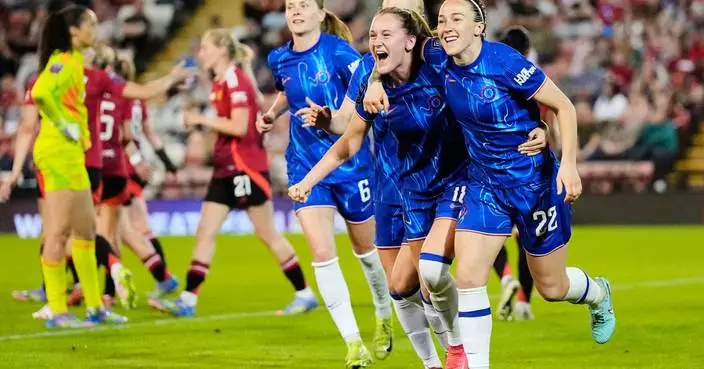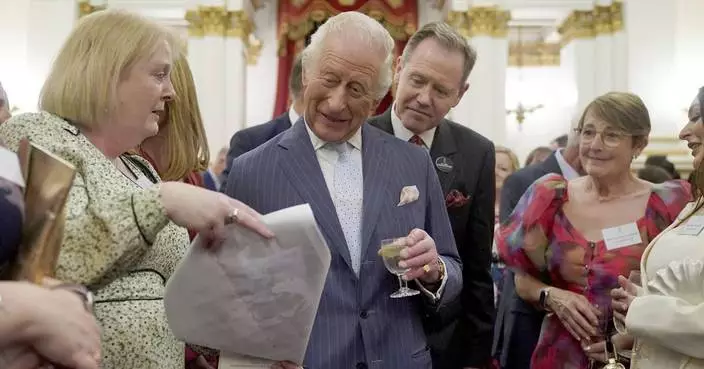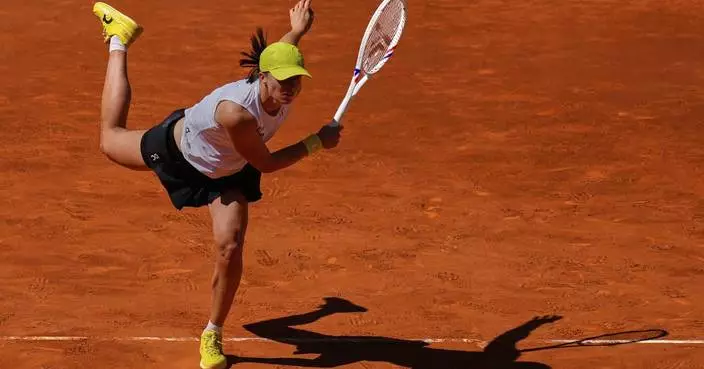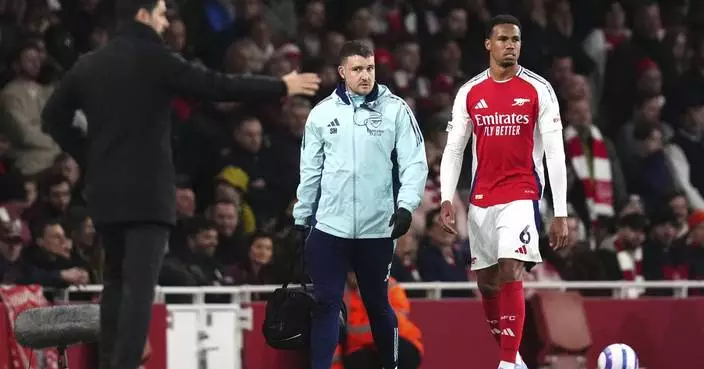If you listen to some self-proclaimed exercise experts on social media, they swear that working out on an empty stomach burns more fat.
But it’s a common misconception that exercising in a fasted state improves performance or burns more calories, said Abby Langer, a dietitian in Toronto.
“The research shows that in terms of gains, it doesn’t really make much of a difference,” she said.
Does that mean you should load up on protein and carbs right before a workout? No, that’s not true either.
Here’s a look at when — and how — you should eat, before, after or even during a workout. (And remember, experts say what you eat is more important than when you eat.)
The calories in food literally are energy, so you need them to fuel your body for a proper workout. Eating too much too soon beforehand, though, can be problematic.
Exercising diverts blood from organs including the stomach to the muscles, said Langer, author of “Good Food, Bad Diet.” So exercising on a full stomach affects the digestive process, which could cause cramping or even make you feel sick.
That’s particularly the case with meals high in fat, protein or fiber, which take longer to digest than carbohydrates. Langer recommends eating a high ratio of carbs beforehand and waiting two to three hours before intense exercise.
“You don’t want to eat a big steak an hour before you play hockey,” she said.
If you exercise first thing in the morning or before dinner, it’s OK to have a carb-rich snack like a banana with peanut butter or yogurt with fruit beforehand. It will give you the energy to perform well, and you can fuel up afterward with a full meal.
That steak may serve you better afterward because that’s when a higher ratio of protein is easier to digest, said Krista Austin, a physiologist in Colorado Springs.
Austin said if it will be an hour or longer before you can have a full meal, it’s better to have a high-protein snack in the meantime to help curb your appetite. The reason has little to do with muscle recovery or nutrient absorption: Rather, people who are too hungry make poor dietary choices.
“A lot of people get very hungry about an hour after exercise, and you don’t want to do that,” said Austin, author of “Performance Nutrition: Applying the Science of Nutrient Timing.” “You want to catch it early, or you go and overeat.”
But it’s another myth that you need to grab a protein shake within minutes of finishing to build the biggest muscles, Langer said.
Many exercise enthusiasts point to what’s known as an “anabolic window” of about an hour within exercising that the body is primed to repair muscle. For the average person, you have a much longer window, and nutrient timing is less important than making sure you consume some protein at every meal, Langer said. The body needs a continuous supply of amino acids like protein for muscle repair and maintenance, she said, which means about 25 to 30 grams at every meal, depending on various factors.
“Prioritizing that will help with goals, either muscle building, satiety, weight loss, all of that,” Langer said.
Most people who are eating enough throughout the day don’t need anything during a workout. Langer and Austin said the threshold is about an hour of intense exercise. Longer than that — say you're training for a marathon — and you can benefit from a carb-rich snack in the middle.
Instead of focusing on when to eat, Austin said to focus on what and how much. She cautioned against overcomplicating the topic and recommended following the USDA’s My Plate recommendations for a balanced diet.
“The biggest thing we need to teach people is that nutrition is simple,” she said. “Maybe you need to stop focusing on the concept of nutrient timing and just make sure that you’re consistently eating throughout the day and focus on health.”
EDITOR’S NOTE: Albert Stumm writes about wellness, food and travel. Find his work at https://www.albertstumm.com
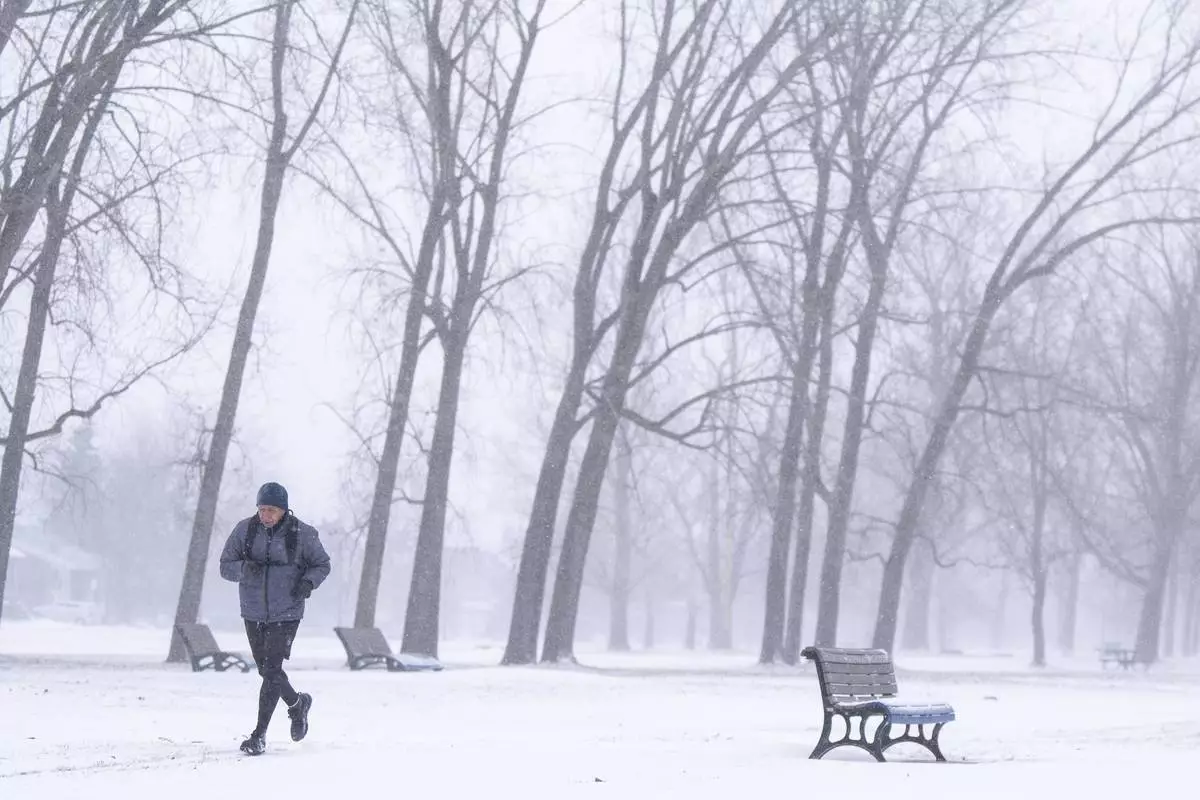
FILE - A man jogs through a park in Montreal, Wednesday, Jan. 8, 2025. (Christinne Muschi/The Canadian Press via AP, File)

FILE - A jogger is silhouetted while running on a jetty at sunrise over the Atlantic Ocean in Bal Harbour, Fla., on Sept. 19, 2020. (AP Photo/Wilfredo Lee, File)
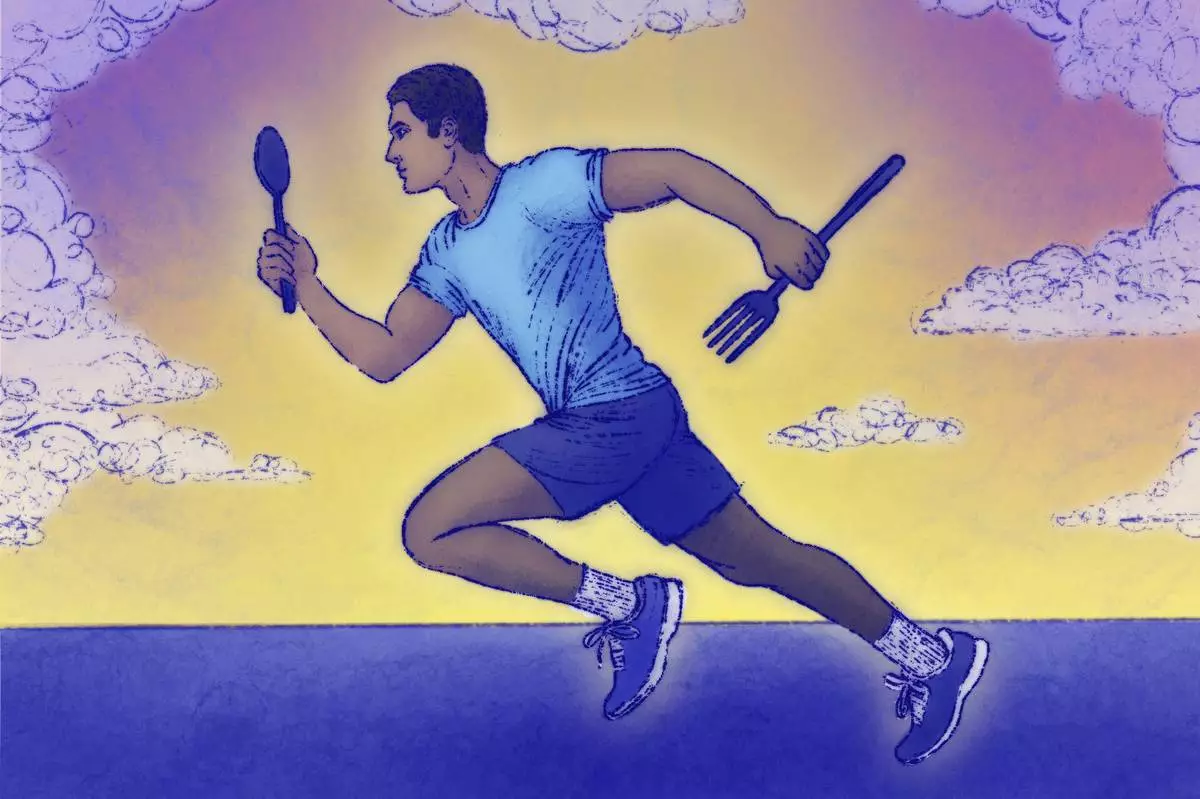
(AP Illustration / Peter Hamlin)
KYIV, Ukraine (AP) — A Ukrainian drone attack left at least seven people dead and a Russian strike on Odesa killed two people on Thursday, officials said, just hours after Kyiv and Washington signed a long-anticipated agreement granting U.S. access to Ukraine’s mineral resources.
The attack in the partially occupied Kherson region of southern Ukraine, which struck a market in the town of Oleshky, killed seven and wounded more than 20 people, Moscow-appointed Gov. Vladimir Saldo said.
"At the time of the attack, there were many people in the market,” Saldo wrote on Telegram. After the first wave of strikes, he said, Ukraine sent further drones to “finish off” any survivors.
Meanwhile, a Russian drone strike on the Black Sea port city of Odesa early Thursday killed two people and injured 15 others, Ukrainian emergency services said.
Regional Gov. Oleh Kiper said the barrage struck apartment buildings, private homes, a supermarket and a school.
Videos shared by Kiper on Telegram showed a high-rise building with a severely damaged facade, a shattered storefront and firefighters battling flames.
A drone struck and ignited a fire at a petrol station in the center of Kharkiv, Ukraine’s second-largest city, according to Mayor Ihor Terekhov.
Following the attacks, Ukrainian President Volodymyr Zelenskyy said that Russia had ignored a U.S. proposal for a full and unconditional ceasefire for more than 50 days now.
“There were also our proposals — at the very least, to refrain from striking civilian infrastructure and to establish lasting silence in the sky, at sea, and on land,” he said. "Russia has responded to all this with new shelling and new assaults.”
The U.S. and Ukraine on Wednesday signed an agreement granting American access to Ukraine’s vast mineral resources, finalizing a deal months in the making that could enable continued military aid to Kyiv amid concerns that President Donald Trump might scale back support in ongoing peace negotiations with Russia.
Tymofiy Mylovanov, former economy minister and current president of the Kyiv School of Economics, said Thursday that despite what he described as “unimaginable pressure” during negotiations on the newly signed minerals deal, Ukraine succeeded in defending its interests.
“This is a huge political and diplomatic win for Ukraine,” Mylovanov wrote on Facebook. “The deal looks fair.”
Mylovanov said the deal includes no requirement for Ukraine to repay previous U.S. aid, nor does it restrict Kyiv to selling only to American buyers. Instead, he said, the deal recognizes contributions from both sides: Ukraine’s in the form of revenues from new projects, and the U.S. potentially through military assistance.
Kyiv residents voiced mixed reactions Thursday morning to the newly signed U.S.-Ukraine agreement, with many saying they had not yet had time to fully understand the deal’s implications.
Among those who spoke to The Associated Press about the deal was Diana Abramova, who attended a rally in Independence Square demanding information on missing Ukrainian soldiers. Her father, Valentyn Stroyvans, went missing in combat last year.
“Any news is hard to take — whether it’s about negotiations or anything else,” Abramova said. “But I still believe and hope that any action will bring us closer to one thing: Ukraine’s victory. Only victory.”
Seventy-four-year-old university lecturer Natalia Vysotska said she wasn’t familiar with the details of the agreement but remained cautiously optimistic.
"I don’t know what the terms are — they may not be favorable for Ukraine at all. Still, if it was signed, our experts must have weighed the pros and cons. I hope it will be beneficial.”
Others shared a more skeptical view. Iryna Vasylevska, a 37-year-old Kyiv resident, expressed frustration and disillusionment with the broader implications of the deal.
She told the AP she feels terrible that “our land is just a bargaining chip for the rest of the world and that we do not have our own full protection, but rely on someone.”
“My vision is that instead of strengthening ourselves, we continue to give it all away. I feel sorry for our land and for our people,” she said.
Reaction to the signing was generally muted in Moscow on Wednesday, a holiday in Russia. But the deputy chair of Russia’s National Security Council, Dmitry Medvedev, said that Trump had forced Ukraine to effectively “pay” for American military aid with its mineral resources.
“Now military supplies will have to be paid for with the national wealth of a disappearing country," he claimed in a post on Telegram.
Vladimir Rogov, chairman of the Russian Civic Chamber’s commission on sovereignty, told Russian state news agency RIA Novosti that Zelenskyy had effectively handed Ukraine over to “legally prescribed slavery.”
A previous version of this story incorrectly stated that Russia's Defense Ministry reported shooting down eight Ukrainian drones overnight on Sunday. The statement was made on Thursday.
Follow AP’s coverage of the war in Ukraine at https://apnews.com/hub/russia-ukraine
Morton reported from London.
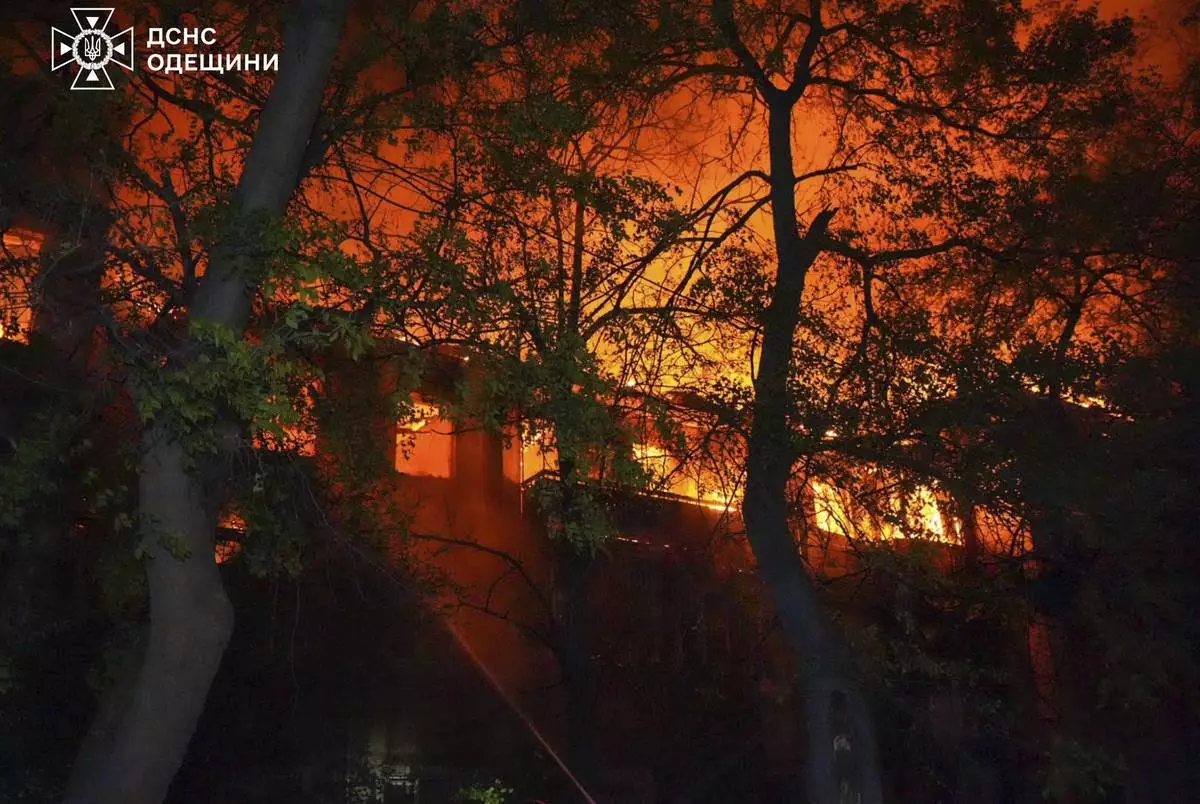
In this photo provided by the Ukrainian Emergency Service, firefighters put out the fire at an apartment house following Russia's air raid in Odesa, Ukraine, Thursday, May 1, 2025. (Ukrainian Emergency Service via AP)
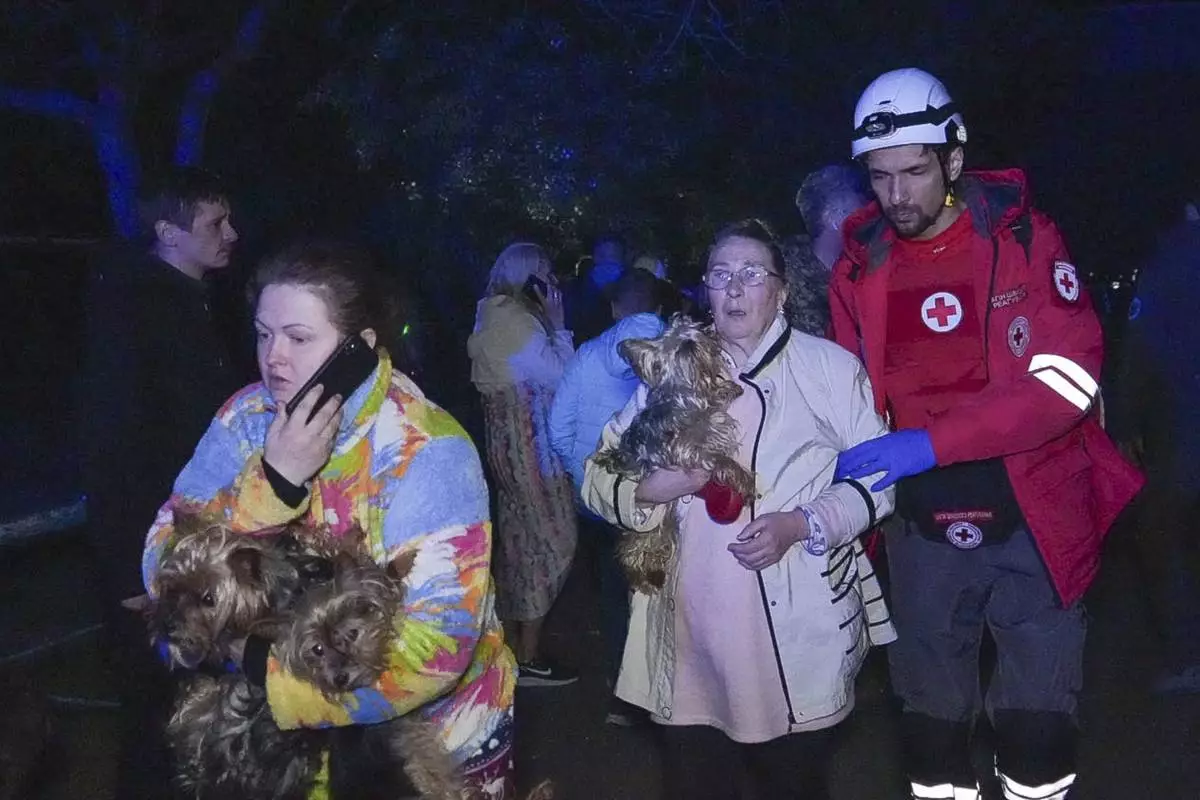
In this photo provided by the Ukrainian Emergency Service, a rescuer helps evacuate residents from their damaged house following Russia's air raid in Odesa, Ukraine, Thursday, May 1, 2025. (Ukrainian Emergency Service via AP)
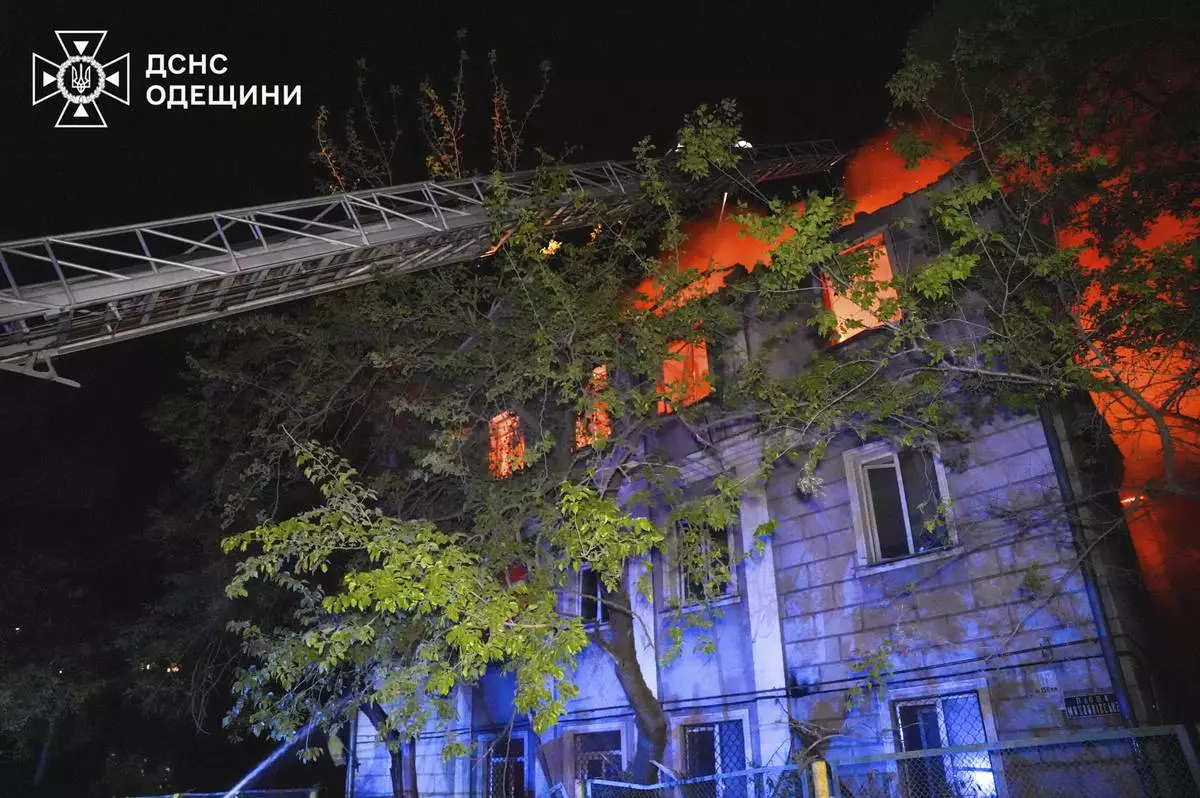
In this photo provided by the Ukrainian Emergency Service, firefighters put out the fire at an apartment house following Russia's air raid in Odesa, Ukraine, Thursday, May 1, 2025. (Ukrainian Emergency Service via AP)
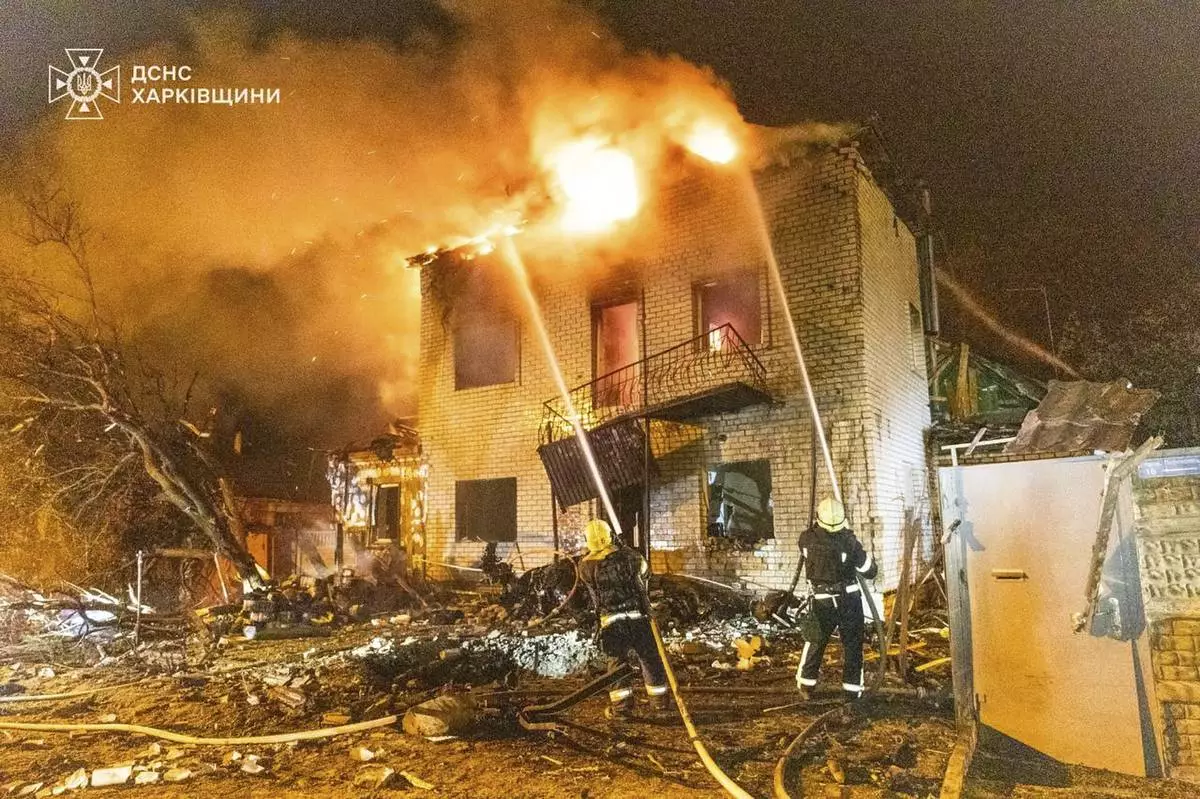
In this photo provided by the Ukrainian Emergency Service, emergency services personnel work to extinguish a fire following a Russian attack in Kharkiv, Ukraine, Wednesday, April 30, 2025. (Ukrainian Emergency Service via AP)





